Water Pistol painting sooo much fun! Read on to find out a way to create some wall-worthy artwork while having a GREAT time with all ages!
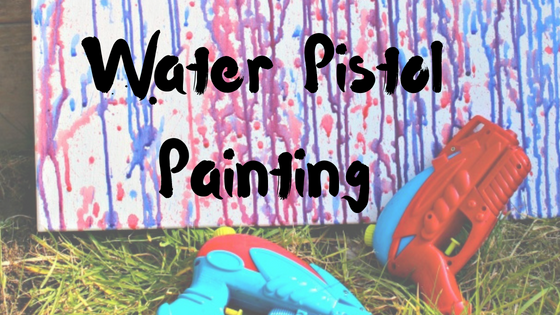
Let’s get started.
Materials:
- Poster paint
- Water
- Water pistols (one for each colour)
- A large canvas
2: Getting the pistols ready
Water down your paint colours and pour one colour into each water pistol. If using poster paints, use 50% paint and 50 % water so that the paint is easy to squirt but still bright. If using liquid watercolour paint don’t water it down too much, but make sure it is thin enough to squirt through the nozzle!



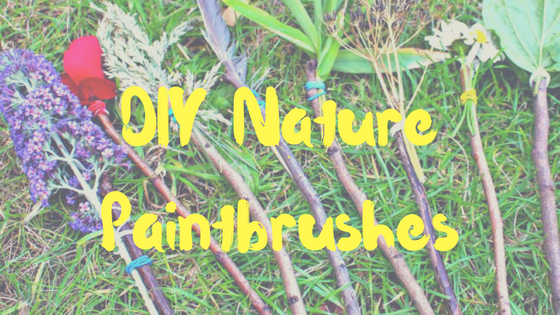
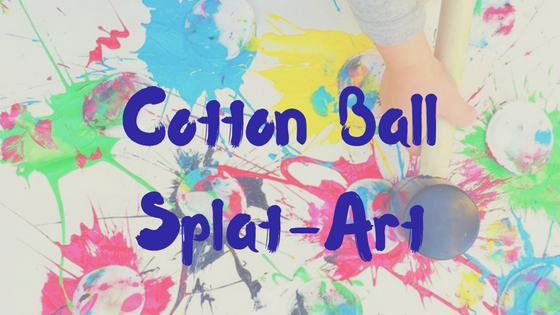
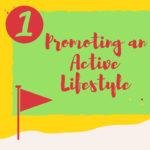
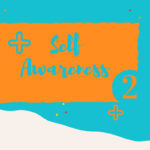 Self-awareness
Self-awareness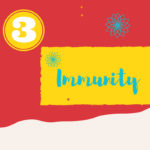 Immunity
Immunity Imagination
Imagination Knowledge
Knowledge Optimism
Optimism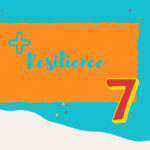 Resilience
Resilience